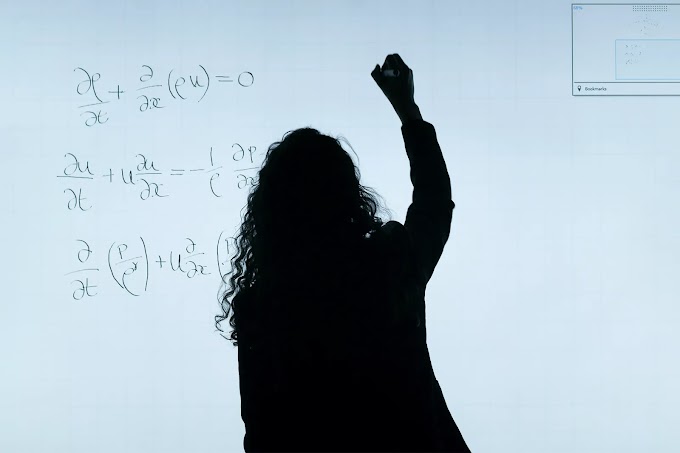Gravitational waves or GWs are a wonderful blend of science and engineering. When a mass accelerates in space, it creates ripples in space-time fabric, known as Gravitational Waves (GWs). These reports are based on the tidal force traveling through billions of light-years in the universe, which is recorded in the detectors as a strain on the test masses or point masses. Detectors record data, which helps to detect gravitational waves and to define sources that generate them. This is then confirmed using Einstein's mathematical equation of the General Theory of Relativity. It won a Nobel Prize in 2017.
LIGO:
The idea for GWs is to create a machine that can detect changes in the distance of two freely falling bodies. Since these two bodies are in a gravitational field, the measurement of change in this field, known as tidal force, determines the presence of gravitational waves. Therefore, a GW is the measure of the strain (h) between two point masses in distance. Thus LIGO (Laser Interferometer Gravitational-Wave Observatory) was built.
Large ground based detectors such as LIGO, Virgo, etc. are the principal beam interferometers. The basic principle of interferometer is that when two lasers ‘interfere’ with each other, they create a pattern that can be analyzed. LIGO consists of a vacuum L-shaped beam splitter with a laser input and photodetector. Arms are made long because the effects of GWs on matter are almost negligible. Therefore, longer arms are better.
The beam splitter divides the incoming beam into two parts: One travels straight and the other at a 90 ° angle. At both ends, many mirrors reflect light, and in the middle mirror they come together in a beam that is then shot on a screen (or photodiode) where the light is studied. Since both beams of light travel the same distance, the interference is fixed: two beams will either merge to reform the pre-split beam or there will be no light. Changes in interference pattern changes the behavior of the beam, which in turn warns the observer. In addition, two more partially reflective mirrors have been installed to create additional reflection paths for laser beams as shown.



